hooray4mo
TPF Noob!
- Joined
- Dec 8, 2022
- Messages
- 43
- Reaction score
- 8
- Can others edit my Photos
- Photos OK to edit
Does setting your camera's ISO to whatever speed intended (whether it be box speed or to push/pull), does the camera actually do anything different internally? Or is it only for the camera's internal light meter?
I'm trying to understand the whole push/pull concept, and I am usually always good at remembering to set my camera's ISO to box speed. But does it make a difference in actually taking the exposure?
I'm trying to understand the whole push/pull concept, and I am usually always good at remembering to set my camera's ISO to box speed. But does it make a difference in actually taking the exposure?



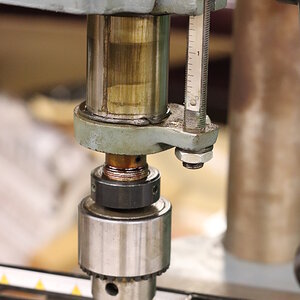

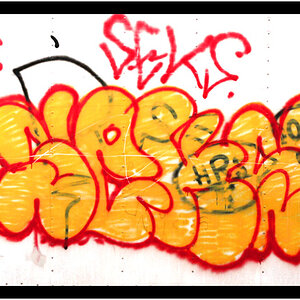
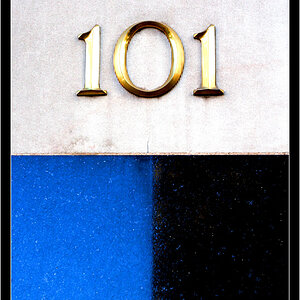
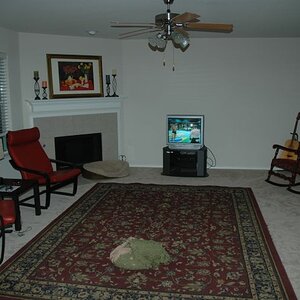
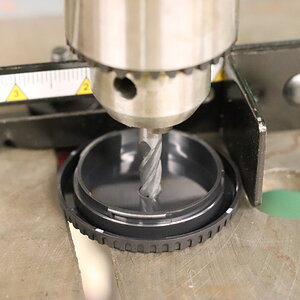


![[No title]](/data/xfmg/thumbnail/33/33493-f055dbbe7f00f271d3959dd3a6482165.jpg?1619736004)
![[No title]](/data/xfmg/thumbnail/33/33492-0ad5e1a91781a72cd081fb3f06aa3628.jpg?1619736003)

